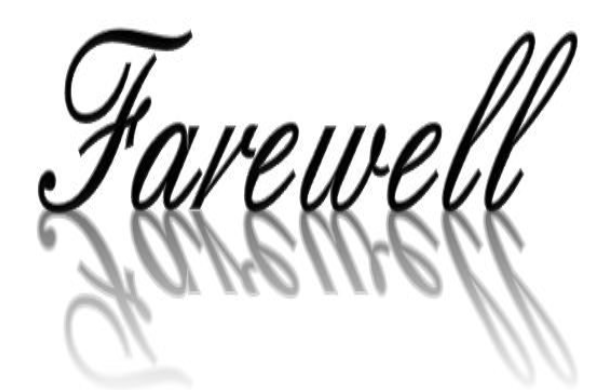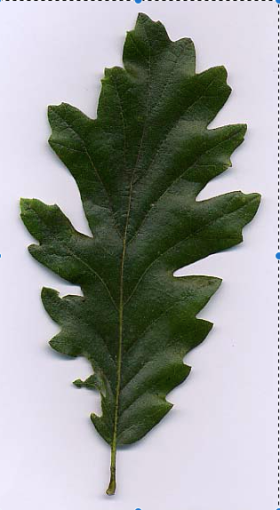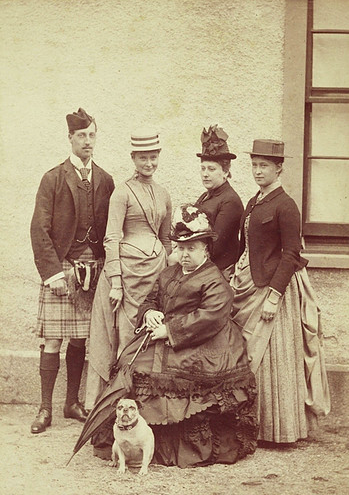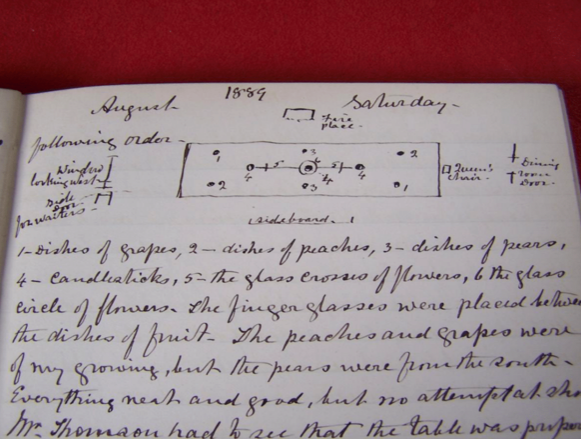
27th AUGUST 1889
AFTERNOON
At 4.30 the Queen accompanied by the Princess Alix and Lady Churchill passed out at my house on the way to see Bala Lake. Mr. Savage told us to expect the Queen to pass out at the above time. Frances (TR’s wife) got the three little ones (Frances Harriet, Caroline Elizabeth and Amelia Agnes ) to stand in a group with Amelia in the middle on the table in front of the parlour bow window to see the Queen pass. The three were not close to the window for fear it might be offensive to Her Majesty, but they could easily be seen, and they looked a pretty group with their smiling faces. When the carriage was passing the Princess saw them and smiled at them, and then pulled the Queen by the sleeve so as to call her attention to them; when the Queen saw them she smiled at them and nodded to them very pleasantly. We all had a good view of her, and we thought it very gracious of herself and the Princess to take such notice of the children.
After tea, Frances took Henry as far as Tyndol for a walk, on returning the Queen’s carriage passed them, Frances bowed, and Henry touched his cap, Her Majesty acknowledged them by bowing to them. During the afternoon, Mr. Robertson told him the Queen had been talking with him in the morning, and that she asked him about me,and was very pleased to hear him say I came from Scotland. Mr. Robertson also said that when the Queen glanced at the fossils on entering the fruit room and before I got there, she remarked how very like an Ammonite my specimens of Lithuites were – a remark which shows Her Majesty has a good eye when looking at such things. Mr. Robertson also added that he was very pleased to see the Queen take such deep interest in my collection, and he said he did not think the Queen was much of a geologist but that she was certainly much interested.
At 6.30, Mr. Hugh Brown, Her Majesty’s Highland attendant came to me and giving me a small brown case, said “The Queen bid me give you this”, on opening it I found it to contain a very beautiful gold and pearl scarf pin. I was highly pleased with my present, and asked him how I was to thank Her Majesty, at which he said, “I am to do that for you, for I know the lassie gie weel.” I felt most grateful, and will all my life value it and treasure it as a precious relic, given to me by the best Queen who has occupied the throne of England for centuries, and perhaps the best that ever occupied it.
Hugh Brown was the brother of the more famous John Brown. See a letter from Queen Victoria to Hugh Brown here
Thomas left the scarf pin in his will to his eldest son by his second marriage, The Revd. Henry Ruddy. I do not know what then happened to it thereafter, but it was not amongst the objects left in the will of Henry’s only son Denys.
Her Majesty would have given it to me from her own hand if there had been time to do so, and I understand it is her usual custom to do so if at all convenient. The pin is heavy, of very good gold, horseshoe shape,* [*footnote Mrs. Wilson (Mr. Robertson’s sister) told me that the Queen is fond of giving horse-shoe articles, because it is thought they bring good luck] and is studded with nine large and beautiful pearls. It has quite a striking and handsome appearance. I learned from one of Her Majesty’s attendants that the Queen had been reading the chapter on the Silurian rocks of the Dee valley, which Mr. Darlington of Llangollen got me to write for insertion into his Guide to the Dee Valley. The queen remarked to the attendant that it was written by the gardener here, and added “And he comes from Scotland.”
Mr. Francis Clark told me that I got through my interview with the Queen very well, considering I came from Scotland! Both Highlanders are evidently valued and faithful servants of Her Majesty, and both were good natured and free in manners. Mr. Grant, a Queen’s Messenger was also very good nature, and so were nearly all the attendants.

Tuesday Evening At 9.30 we went to the station to take our places so as to witness the departure of the Queen and her suite. There were 400 or 500 persons present some of them from Bala. The Llanderfel choir were on the stand in their costumes, and had Chinese lanterns. Banners were everywhere to be seen, and when the time for the departure was near, the heather arch near the station was illuminated, but the wind was rather high for it to look well. All the houses in the village and neighbourhood were illuminated, which had a very pretty effect. On Moel Calch there was a bonfire which burned brightly and added very much to beautify the scene. A little before ten o’clock an outrider came up and shortly after theQueen came in an open carriage with the Prince and Princesses. The people were most enthusiastic and cheered loud and long and the Choir sang the National Anthem. The Queen bowed to the people and was evidently well pleased. The members of her household were also cheered, and when the Queen alighted from her carriage, she walked with the aid of the stick which she accepted from the Llanderfel people. There was a mottoe (sic) spanning the way to the train which said “Come again!”
The Royal train left the station two or three minutes past ten, the Queen put her head out at the carriage window and said “I Thank you all very much”. The people cheered again and again, the choir sang on until the Royal train went from sight, and nothing could be nicer than the whole scene, a scene which all can never forget. The loyalty and behaviour of the people could not be better, and after the Queen left, all dispersed quietly to their homes. Crowds of people cheered the Royal train at every station on the way to Chester.
Queen Victoria’s Journal here





















 Out of space?
Out of space? 









